Working as a Doctor in India
My second featured guest for the bi-weekly MyAsia Monday post is none other than my boyfriend, Richard. After laboring through four long years of med school, he’s currently a resident doctor at a local hospital. While he may be a doctor in title, he is actually a traveler at heart. During his last year of med school, he volunteered to work in India and Thailand on an exchange program with his school for his first foray into the land of Asia.
I always write about the far east (and sometimes southeast) Asia. For a change, however, I would like to write about a country in Asia that hardly gets any light on this blog: India. My boyfriend is absolutely in love with India, and his visit there only deepened the connection. I asked Richard if he could share his experiences in India as a doctor on the blog, and he jumped at the chance to post on here gratefully accepted 😉
First off, give us a little background about yourself (aside from the fact we’re dating):
I was blessed to have grown up all around the world. I lived in China, Scotland, England and Canada, which has given me a different perspective compared to most Americans on world events and life outlook. When I went to school in undergrad, my original interest was in computers so I double majored in electrical engineering and molecular cell biology. Looking back, I was probably headed to a traditional 8-5 job in tech or medicine until I went backpacking through Europe for a month with my friend from high school. I enjoyed it so much that I decided to design my career around a lifestyle of travel.
How did you get into medicine, what do you enjoy about it and what do you find frustrating?
It was a combination of parental pressure (my parents didn’t think a career in tech is stable enough), a tough job market when I graduated from undergrad in 2009, and a desire to work in some form in public health.
Medicine is, overall, a rewarding profession. It offers lots of avenues for personal and professional growth. Of course, seeing patients is the mainstay of the job and incredibly satisfying overall, but doctors these days can go into pharmaceutical companies, academic research, global public health, and even business/consulting. The biggest frustration is all the paperwork and dictates from the government. They’re really making it hard to practice pure medicine. I like to say that we spend half of our time documenting our work rather than seeing patients.
Appreciative patients can really make your day, but it’s definitely a negative when they’re unreasonable, demanding, or difficult. We’re all really trying to do our best and that kind of behavior makes our work harder. Another negative is the incredible sacrifices doctors have to make. They literally spend their best years (mid-20s) stuck in the basement of a library, work 60-80 hour weeks during and after training, graduating with $200k+ in debt but still face public accusations of making too much money. At the same time, we see our peers (and even juniors) from undergrad who rake in the actual big bucks in Silicon Valley or Wall Street.
Why India?
My medical school (University of Minnesota) has partnerships with various hospitals and universities around the world that sponsor exchange trips to these places. They even subsidize part of the trip and give course credit for the experience! Normally the trips are 4-6 weeks in duration, but I signed up for two back-to-back trips to Thailand and India in advance (they’re close to each other).
As for why I chose India, aside from it having a partnership with my university, I have to say it’s due to the incredible diversity. I’ve always thought of India as a magical place quite different from the west. I wanted to see rare tropical diseases, eat incredible food, and see the amazing sights. It’s also incredibly affordable, which is an important point for a poor medical student.
So tell us about where you worked in India, what was the village like?
I worked in a large university hospital in Bangalore, India. You may know it as the IT capital, where a lot of outsourcing and consulting firms are based. I also spent some time in nearby rural community clinics.
How was the hospital, what did you do there? What were some of the main health concerns in India?
Health care is very different in India. There are so many patients to see and so few doctors that they’ve had to make compromises. There are no appointments to see doctors. Instead, everyone takes a ticket and sits in the large open waiting area. Each visit is of variable duration. As soon as they’re done, they kick you out of the room to make way for the next patient. The approach is very patriarchal. You the patient are told very bluntly what to do and what medicines to take. The doctor doesn’t hold your hand and explain the disease process as much as in America. They just don’t have the same emphasis on the “bond” with your physician. After all, doctors in India see 50-some patients in a single morning, compared to 10-14 in the US. As a result, each visit takes about 1-2 minutes.
The same goes for hospitalized patients. Wards are actually open wards with large hallways and beds side by side, separated from each other with a curtain. Patients have the option of paying extra for a private room. They take it well though, and accept the arrangement as a necessity to keep costs low. There’s not nearly as much VIP-ism as in America.
People in India are like people anywhere else. They have the same aches, pains, and complaints. Overall, I’d say there are a lot more people with advanced infectious diseases, which is in part due to poor sanitation, the tropical environment, and a tendency for people to delay care, in which those infections can fester for much longer. In the US, we tend to see the doctor at the earliest bump or bruise. Not so in India.
Any big shockers you experienced while working at the hospital?
Tuberculosis! It’s so easy to transmit this chronic bacterial infection just from coughing. In the west, even if someone tests positive for a previous exposure to tuberculosis (latent TB), they’re treated as a medical emergency and are put on long-term eradication meds. In U.S. hospitals, someone with active TB is put in isolation, and all health care personnel have to put on heavy-duty masks. Nurses really freak out almost as much as for someone with Ebola.
In India, they have open air clinics for TB patients. The doctor will sit calmly in front of a coughing patient without a mask. They don’t even have the concept of latent TB because in their words, “everyone has TB already”. Only those who develop severe disease are even considered for treatment.
Tell us about a fun memory you had there, something that has stayed with you.
I was at a train station in the middle of rural India (I did a lot of random sightseeing on the weekends) when a woman came in with her really sick husband. He was clutching his abdomen and was obviously in pain. I’m not sure if he was trying to get to a hospital in a nearby large city or what. I examined him and gave him some pain meds I had with me to ease his pain. With the limited Hindi dictionary I had on my Lonely Planet guidebook, I tried to tell them not to exacerbate things by eating any food. They were so grateful.
As for a bonus story, I like to tell how I diagnosed myself with filariasis, a parasite infection. I was in Tamil Nadu, the southernmost state in India. There are a lot of mosquitos there and, despite my best efforts with DEET spray, I was bit several times. One evening I noticed the joints in my fingers starting to hurt and swell up. They would get better in the day and then worse at night. Something clicked in my mind and I looked in my medical apps to be sure.
Yup, I had gotten filariasis, a mosquito-borne parasite infection. Left unchecked, it can damage your lymphatic system and cause unrelenting joint swelling. It’s also really yucky to know that there’s a parasite living in your bloodstream. Luckily, it’s easily treatable. Of course, you can buy any kind of medicine you want over the counter in India, without a doctor’s note. Unfortunately, it was Easter weekend and almost all the pharmacies were closed. I finally found one open and bought the meds. I must have made the right diagnosis because the pains and swelling got better in a few days.
How is the practice of medicine and the overall healthcare field different in India compared to the U.S.?
India is modeled after the British educational system, so doctors in India train for 5 years after high school and can go into practice right away. They start much younger than doctors in America. Doctors have high prestige in Indian society, but don’t really make that high an income. The most ambitious go into government, business, or tech instead. Also, the system of examination is really intense. Students live sequestered in dorms and study all day. Anyone who has grown up in Asia can attest to how important grades are. The exams are all based on rote memorization. As a result, the students from India are whip-smart. They can recall every single fact and disease feature. As for recognizing and connecting the dots to make a diagnosis and treat, they’re a bit behind American students at the same level of training.
What did you enjoy most about India?
The great food….
…and the hospitable people. India is a mind-blowing mix of sensations, smells, and colours. Really, the diversity is amazing. From the desert of Rajasthan to the jungles of Assam, from the mighty Himalayas to the backwaters of Kerala, you can find anything your heart desires. Each province has its own language, food, culture, and feel. There’s so much history etched into every rock. You’ll see exotic animals mingling with people in everyday life. You can feel the sense of possibility as India’s large population is catapulted into the 21st century, with the clash of traditional life with Western influences. And with it being so incredibly affordable, no one has an excuse for not going.
I know that India holds a special place in your heart. Why do you recommend India to travelers?
India is the only classical culture still remaining. This means in parts of India, the everyday life of the people, the language, the food and the religion haven’t changed since Roman times. Yes, they’ve adopted some western conveniences and ways, but largely everything is still the same as it was back then. I’m a big sucker for ancient ruined cities, so having this opportunity to see something preserved like this from the past was very special.
Where is Your Favorite Spot in India?
It all depends on what you want out of travel. For people who like culture, north India is probably where you want to go. There are the usual tourist traps of the Taj Mahal, Red Fort, and museums. Varanasi is quite underrated – a teeming mass of humanity with full expression of religion. Don’t forget the deserts of Rajasthan, where majestic citadels arise out of the sand like a distant mirage. If you want to relax, take a river cruise on a houseboat through the backwaters of Kerala.
As my personal favorite, I’d say Hampi is one of the most special. You can spend days frolicking with monkeys, climbing to the top of mountains to visit remote temples, and walking among the decaying ruins of an empire a thousand years old. It’s one of the holiest places there.
Have you ever been to India? How is the healthcare system where you live?
Post on MyAsia Monday! I’m really excited to post your story about Asia! E-mail me therubyronin@outlook.com
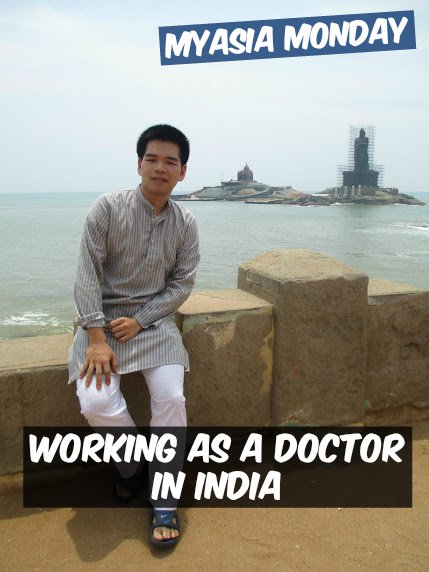
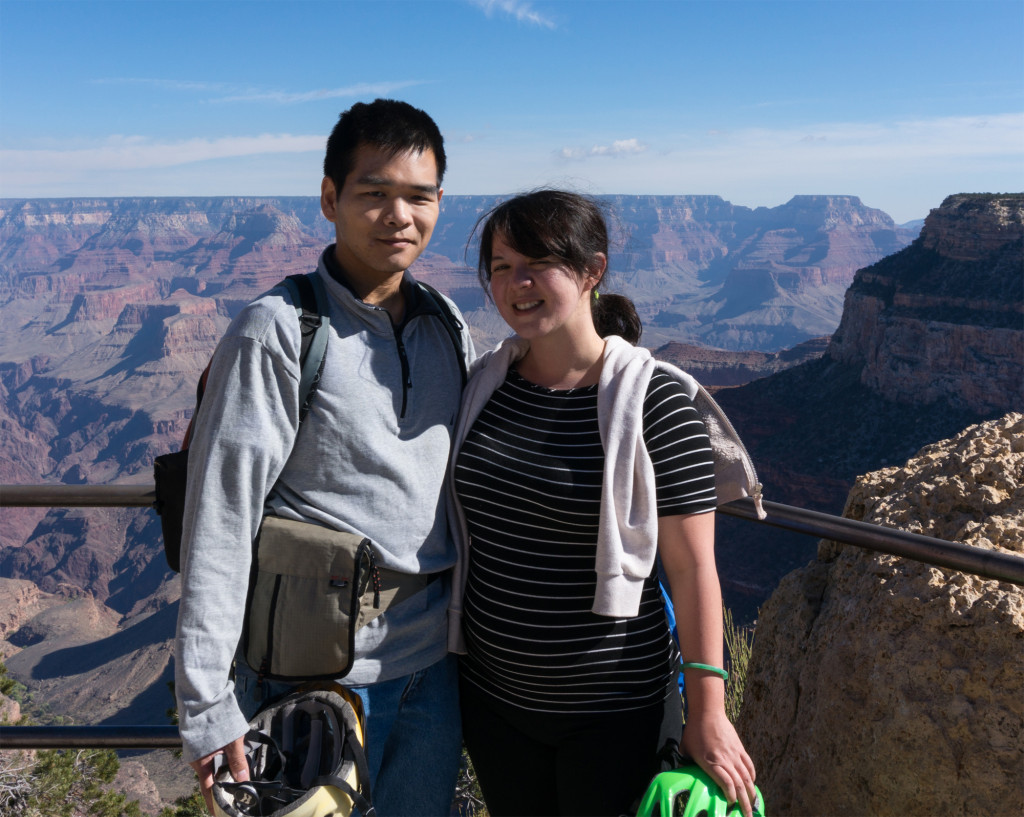
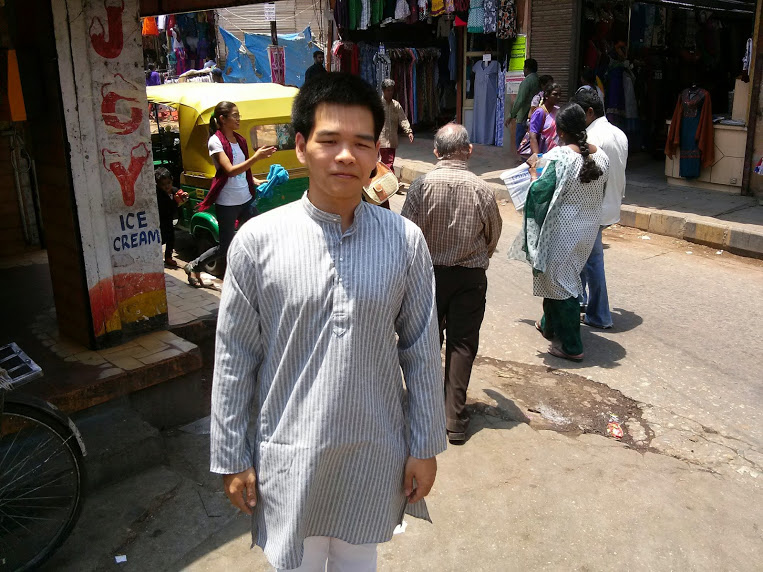
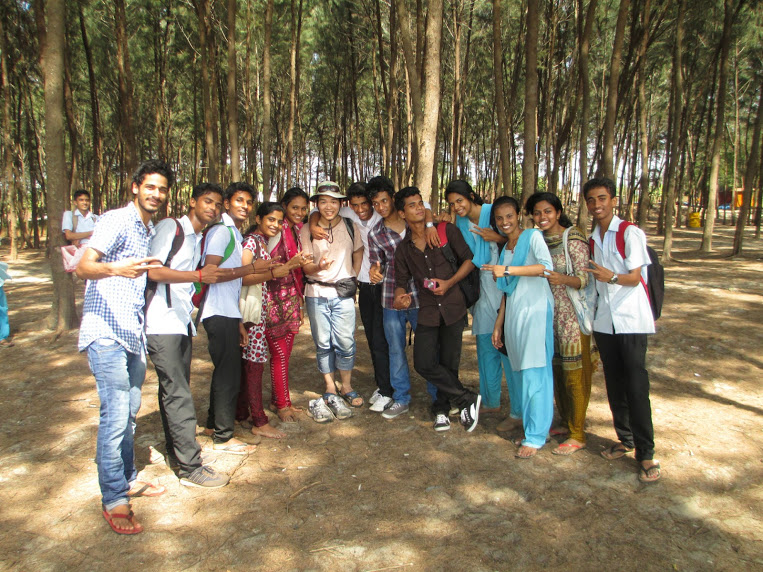
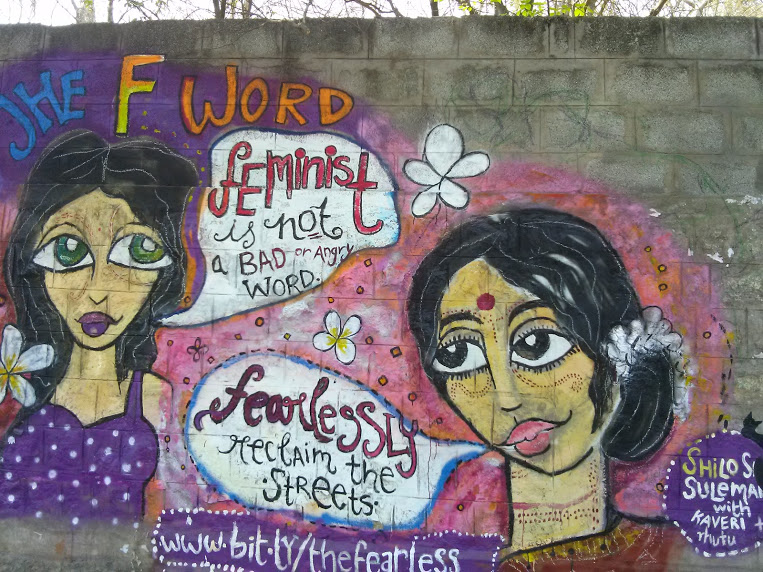

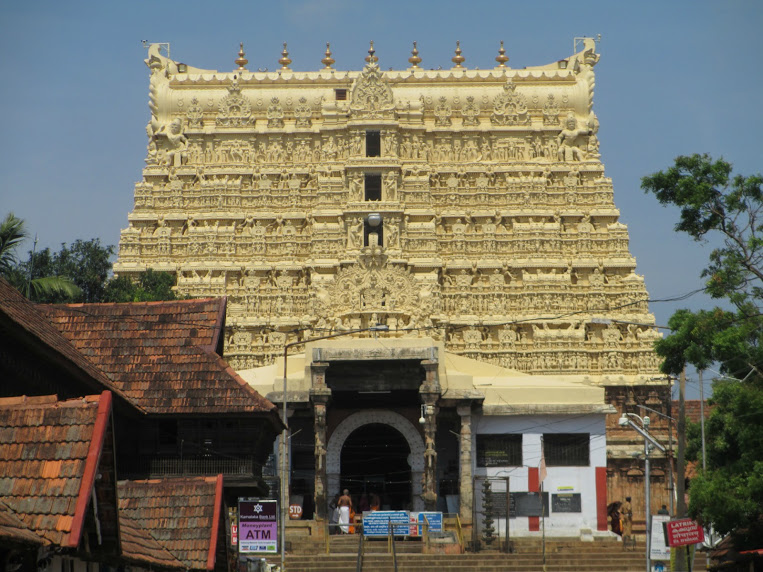
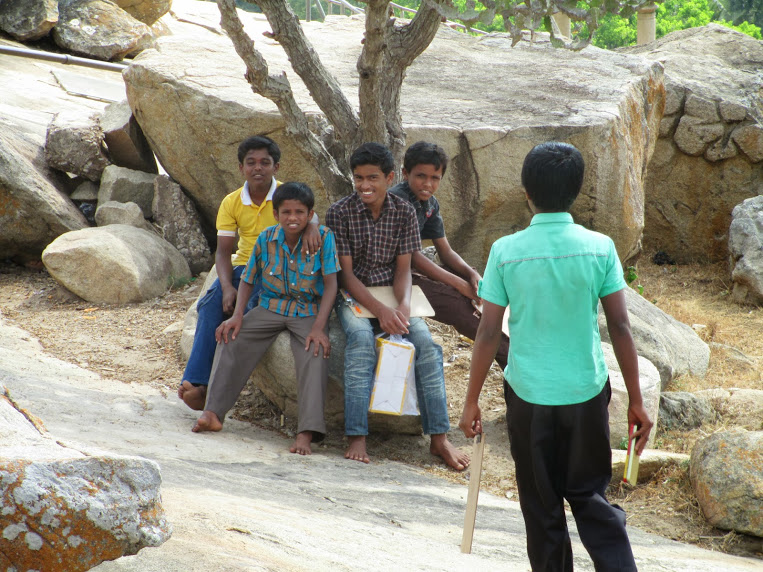
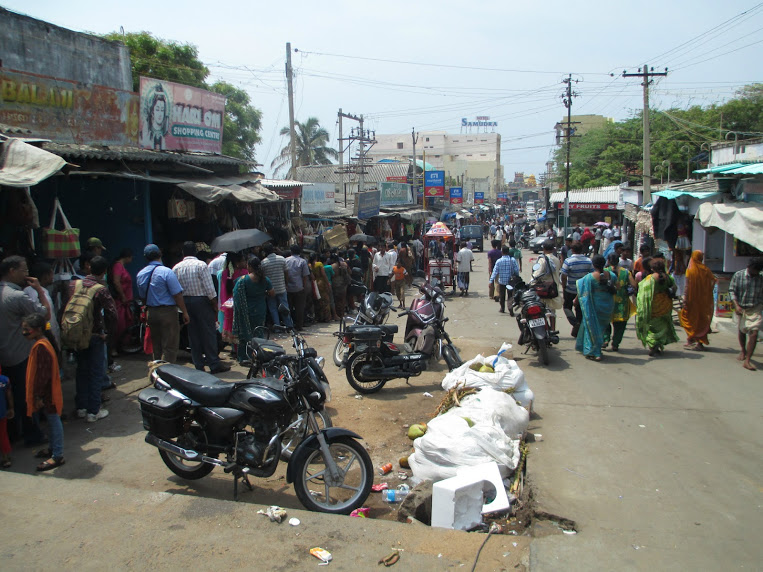
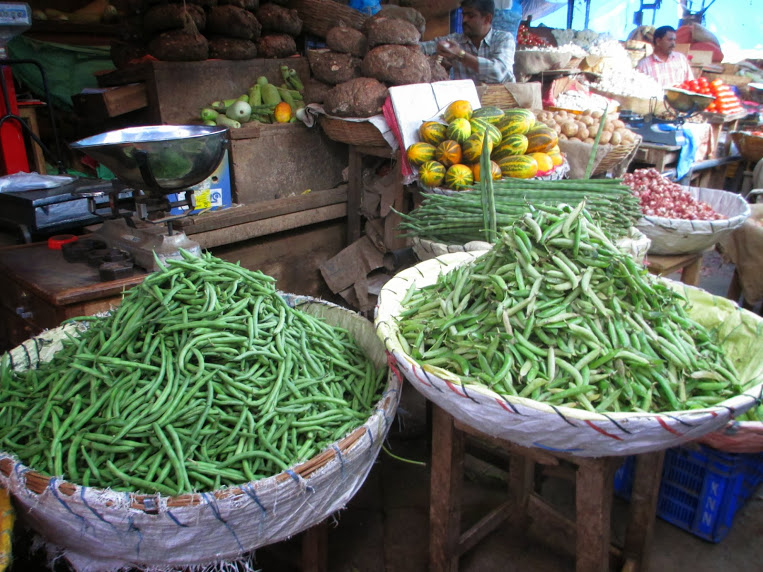
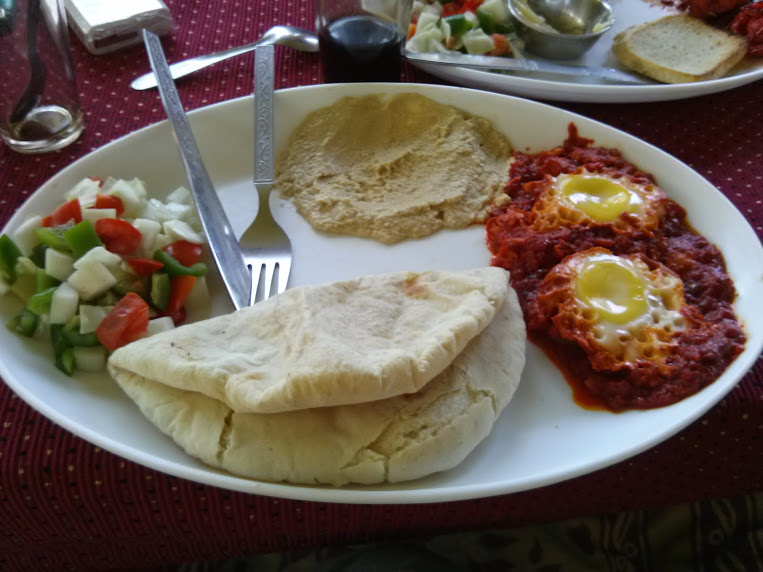
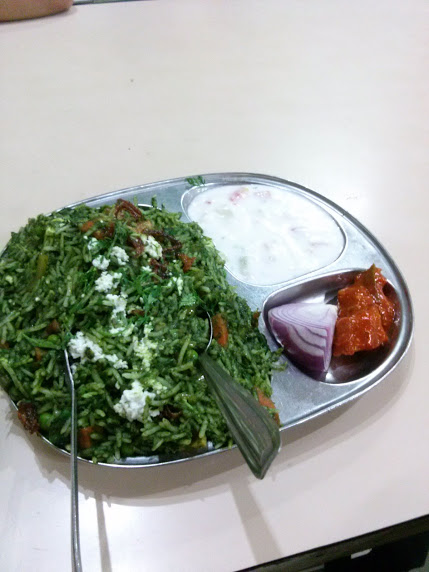
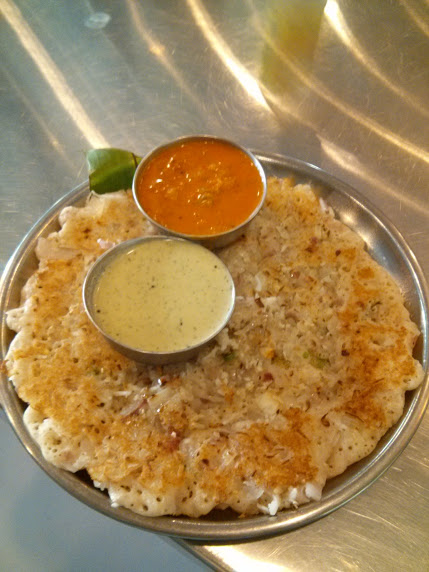
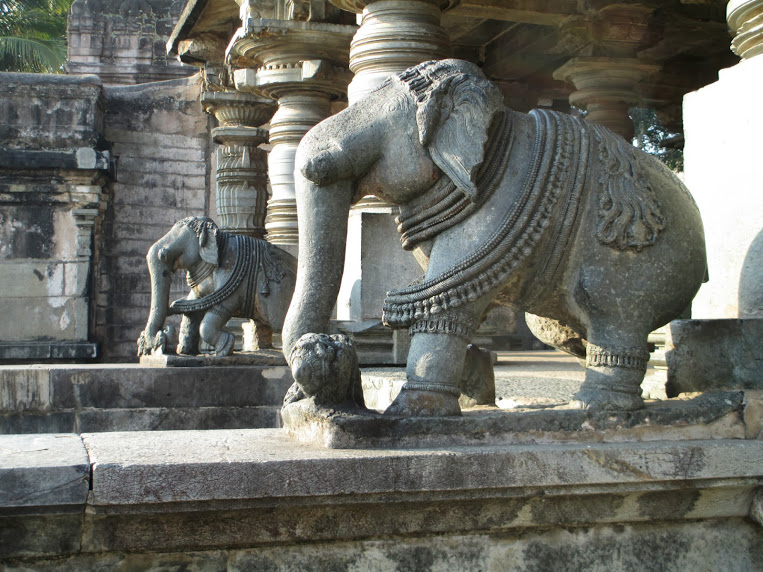
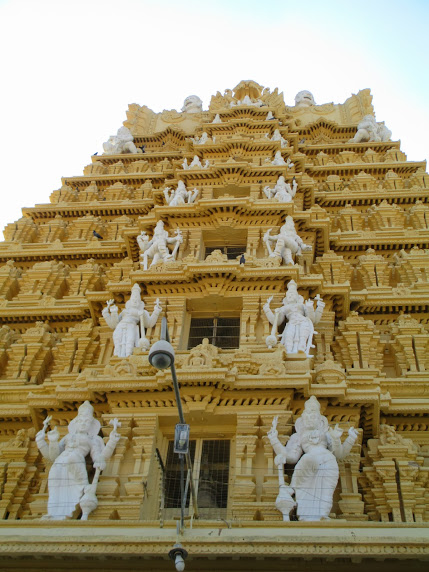
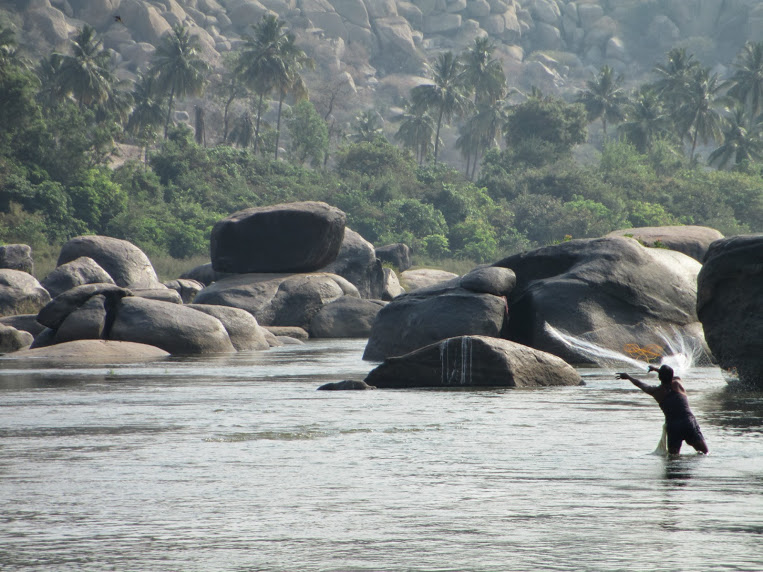
9 thoughts on “Working as a Doctor in India”
This so interesting! I am fascinated by India. I spent about a month there traveling in 2010 and am dying to go back. Learning about patient care provides such a unique perspective. For me, living in China, it’s interesting to contrast the two.
I don’t know if you know much about it, but I’m curious about doctors pay and bribery. I know it is common in China for doctors to take bribes and do “extra work” on the side. Is that common in India?
“In the US, we tend to see the doctor at the earliest bump or bruise.“ It’s true for the insured, but for people such as myself, it would have to be pretty severe for me to justify the cost of seeing a doctor.
Taj Mahal, tourist trap? Don’t say it! I thought it lived up to all the hype. It was breath-taking!!!
Thanks, Richard! I really enjoyed your stories of India — can’t believe how much color you fit into a short blog post. (Maybe too much color. I’m currently convinced I have TB. Or filariasis. Or both!)
Looking forward to another post from Richard on another country…with excellent, pointed questions from Mary, of course.
Also the post on how the two of you met. Or did I miss that one?
Thanks for the commentary. The secret to how we met lies buried deep within this blog. It’ll require some detective work but I think you’re up for it.
What? I will have to find it myself? I’m an American. I expect instant gratification! 😉
Wow, which part of India were you in? Yeah, the pace of development in both of those countries is so rapid. Everything is literally changing before your eyes.
I didn’t see any underhanded stuff going on where I worked. But then again, they told me that only doctors with good hearts would work at large academic hospitals, because the pay was so low. You could make much more working private on the outside. I assume that’s all legal from taking in wealthier clientele rather than from “bribery” per se. It’s not like the government mandates a certain level of pay like in the UK.
As for cost, it was really amazingly cheap. For a routine consultation, it’s about 50 US cents. You do have to take a ticket and stand in line, but you can jump to the front of the line by buying a premium ticket for $5.
Haha. Glad you liked it. I’m personally a bit of a sucker for the undiscovered yet amazing stuff. Everything else I call a tourist trap. Don’t mind me!
When I’ve gone to the doctor in China a consultation is similarly as cheap but as soon as any sort of procedure needs to be done or medicine bought, the price starts adding up. When I was pregnant we gave my obgyn some “gifts” as well. The whole thing made me a bit uncomfortable.
I visited Rajasthan, Amritsar, Delhi, Agra, Varanasi, Bodhgaya, and Calcutta. I think I found Amristar the most interesting part of the trip, but I loved it all.
Very interesting! Richard, when are you taking Mary to visit India? 😀 You are the traveller couple, hehe.
Oh my god, that sounds so freaking amazing. India’s on my list of places to go and visit, I’ve heard so many awesome things about it. How well did you get by not speaking Hindi/Tamil/Punjabi etc.? I know a lot of them speak English too, but I assume that’s usually those who have certain levels of education?
How did you like the Thailand part of your coursework?
English is one of the official languages in India. No matter where you go you’ll find someone who speaks it. Not the bus boy or the shopkeeper but someone for sure. Usually everyone that deals with tourists can get by. Actually in the south it’s better than Hindi. Hindi is the regional language of the north imposed on the south by the government so they’re a bit resentful. It’s kind of like Mandarin and Cantonese.
Maybe Mary will let me do a separate post on Thailand. It was similarly amazing for slightly different reasons.